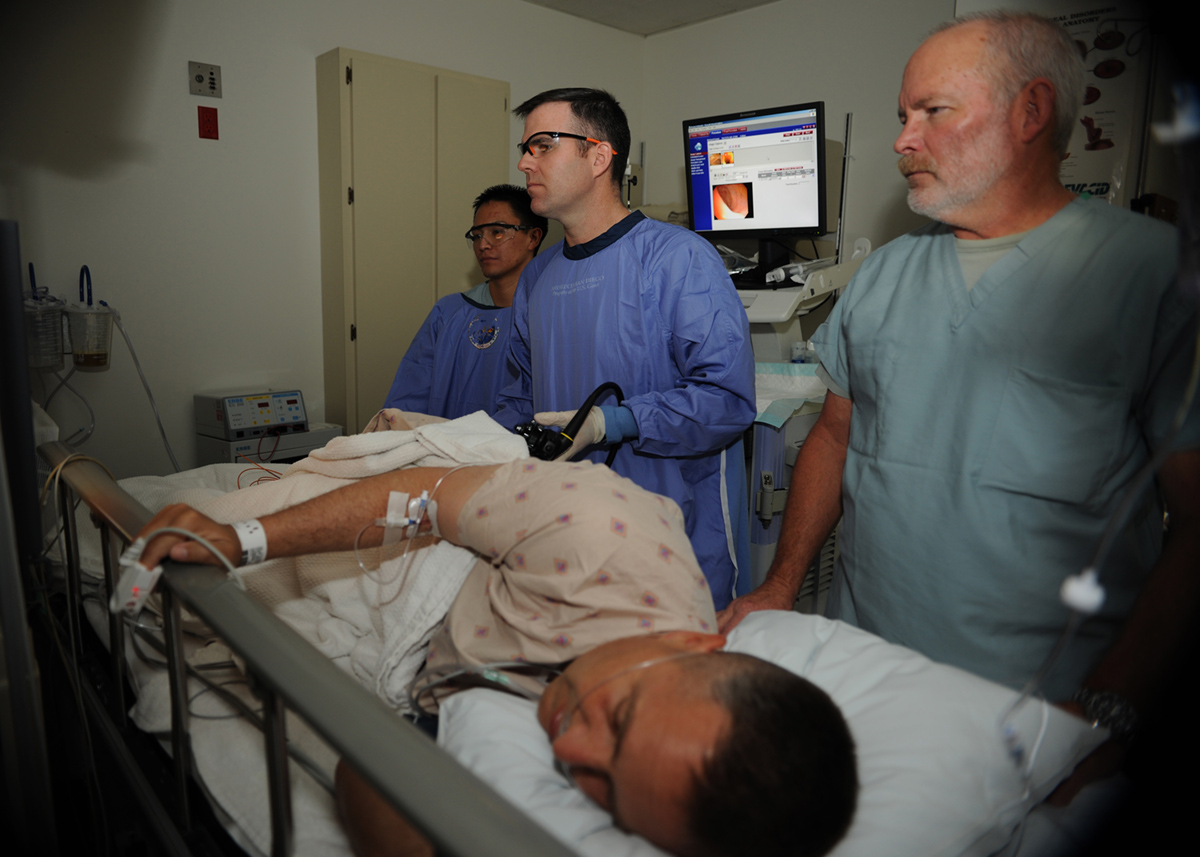
A colonoscopy is a medical procedure for the checking of the colon area, it is a safe process but there are the some possible complications that need to be looked at prior to the procedure. The study is done by using an endoscopic exam, which means the doctor will use a scope with a small camera on the end that is flexible, It is put into the colon via the anus to check to see if there are any irregularities in the large intestine. The exam is usually performed to find colon cancer and to comprehend any bleeding, pains and/or extreme unknown weight loss.
When you undergo a normal colonoscopy the risks are lower than 0.36%. Some colonoscopies will lead to taking off a polyp which is basically overgrown tissue, so in these cases the risk factor will enlarge slightly to approximately 2.2%
Risks of a Colonoscopy can include bleeding, infections and perforation which means basically a hole in the intestine which is the more serious of the complications, however they can be immediately treated with minor surgery or just simple antibiotics and bowel rest. As far as bleeding goes, this only effects about 1 out of every 1000 patients, there is nearly a 50% possibility that you will bleed within a week after having a polyp removed, however most of the time the bleeding will stop on its own accord.
Unfortunately an infection will usually be caused by the medical equipment not being sterilized correctly or thoroughly, however this is a very rare complication of a Colonoscopy procedure. Another complication is the possibility of anesthetic medications causing an allergic reaction or causing the patient even though awake in the procedure not to remember anything. The anesthetic medications may also cause the patient to experience sickness, vomiting and diarrhea. When a patient has a colonoscopy they may have to undergo a polypectomy which is when a polyp or many polyps are removed from the intestinal wall, When the polyp is burnt off with a laser it could cause a complication called Postpolypectomy Syndrome. The signs will include rise of the white blood cell count, pain in the stomach area and possibly a fever, these signs can show themselves after just a few days after the procedure up to weeks after. All of the different complications that have been mentioned in this article are rare and is usually the elderly people that are at a higher risk. Basically the procedure is of minimal risk and safe.




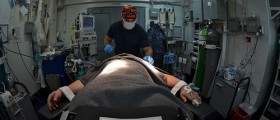
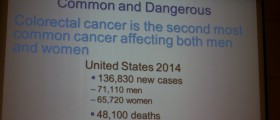

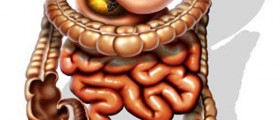
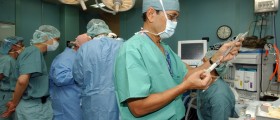







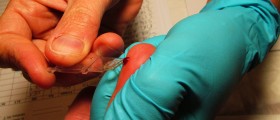
Your thoughts on this
Loading...